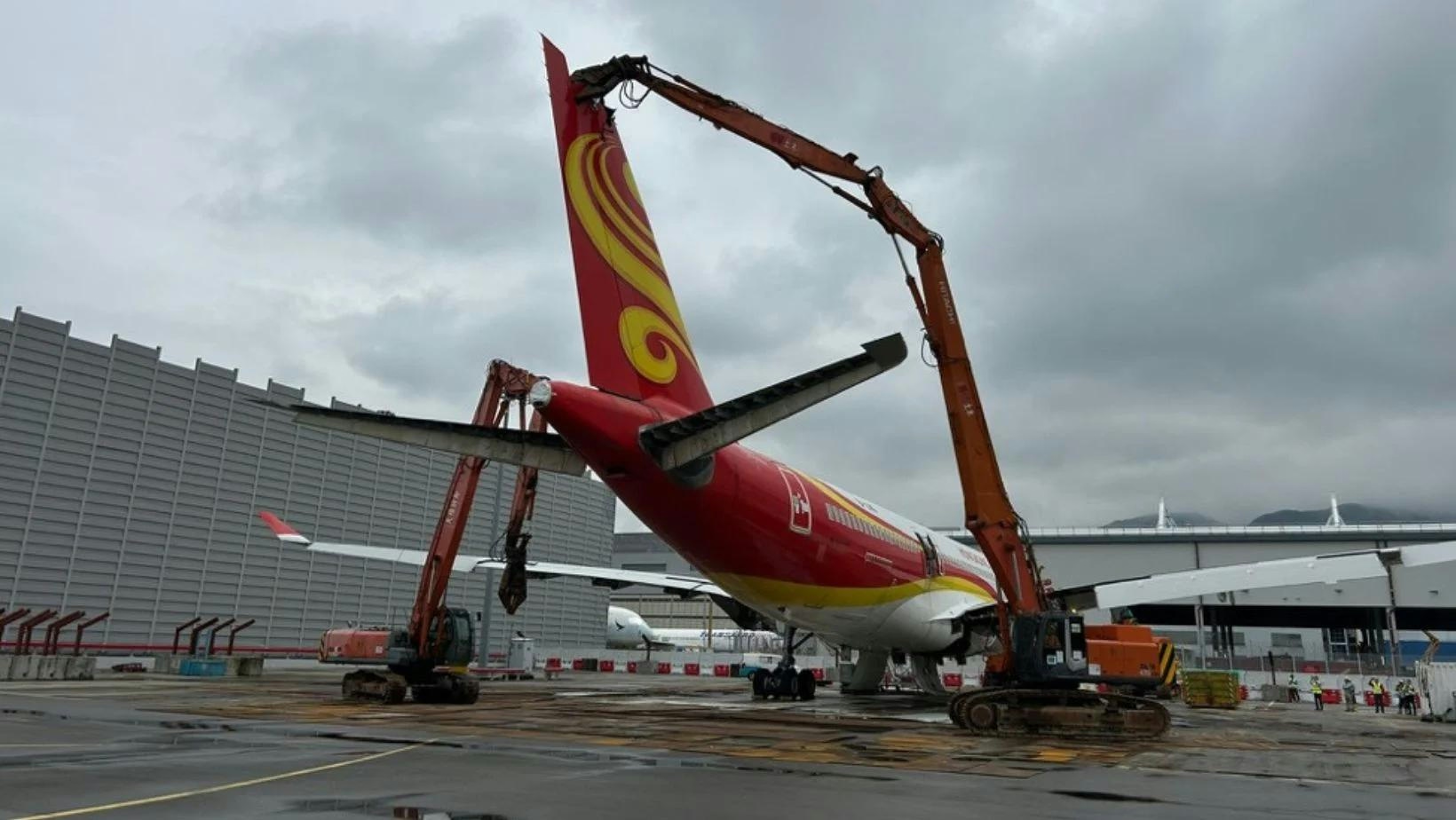
Correo más inteligente, negocios más rápidos. Etiqueta, analiza y responde automáticamente a solicitudes, cotizaciones, pedidos y más — al instante.
Tendencias
Bridging the Gap Between MRO Schools and Industry
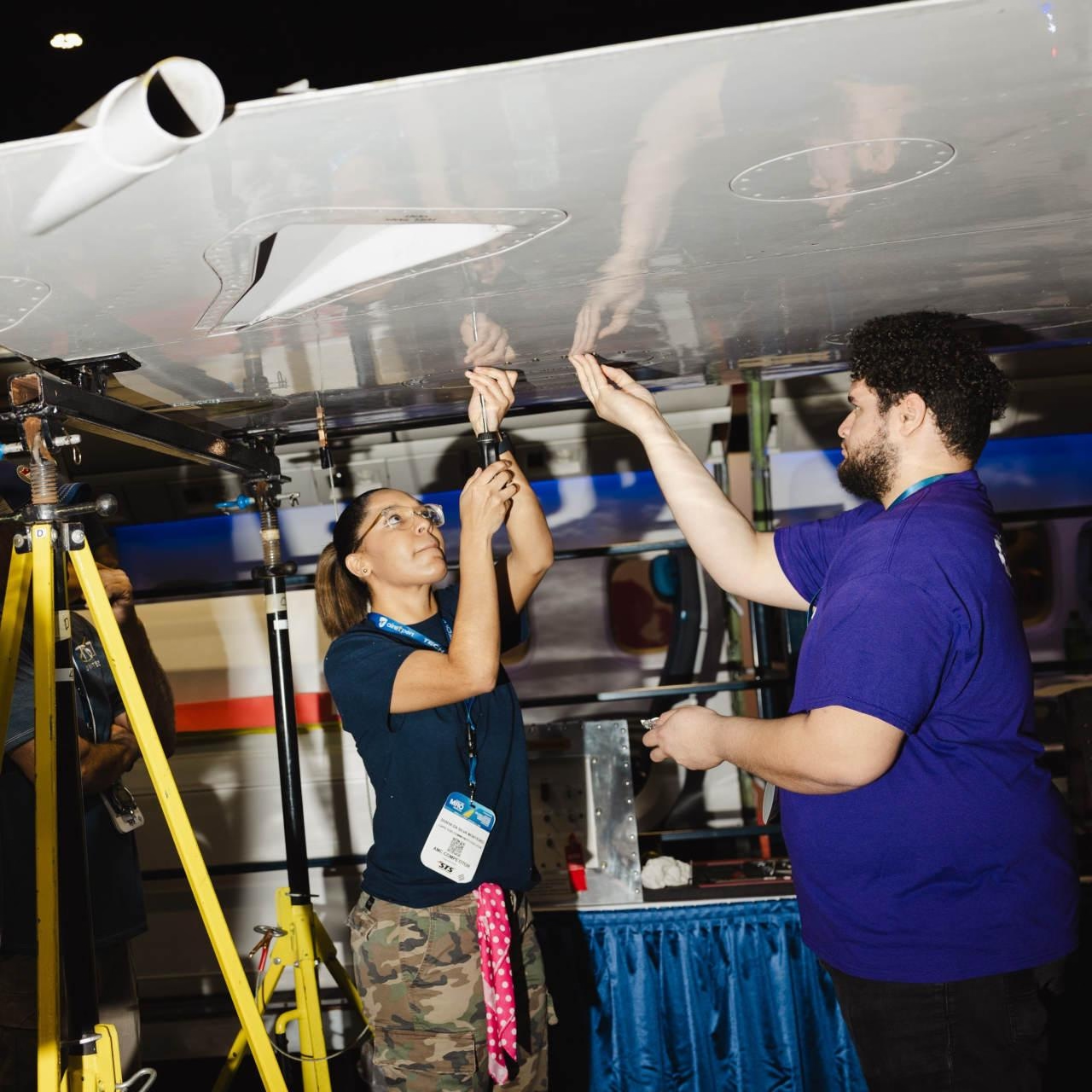
Bridging the Gap Between MRO Schools and Industry
William Brown Appointed Chief Aviation Officer at AIM
The Aviation Institute of Maintenance (AIM) has appointed William Brown as its first chief aviation officer, a pioneering C-suite role within a Part 147 school dedicated to strengthening ties between academia and the aviation industry. With over two decades of experience in aviation, Brown is tasked with addressing the longstanding disconnect between maintenance, repair, and overhaul (MRO) training programs and the evolving demands of the sector.
A Strategic Liaison Between Education and Industry
Brown characterizes his new role as a critical link connecting AIM’s 15 campuses with the broader aviation ecosystem. He emphasizes the significant influence AIM wields through its graduates, who enter diverse segments such as general aviation, business aviation, MRO facilities, and major airlines. The position is designed to ensure that AIM’s curriculum remains responsive to industry needs, particularly amid acute labor shortages and escalating operational costs.
Enhancing Training Standards to Meet Industry Expectations
In light of recent updates to FAA regulations, including changes to Part 121 and Part 147, Brown stresses the necessity of evolving beyond traditional certification goals. He notes that the aerospace industry has undergone profound transformation over the past decade, not only within airlines but also among manufacturers like Boeing and Airbus. Brown insists that students must assimilate this broader industry knowledge during their initial airframe and powerplant training to meet real-world expectations from the outset.
AIM’s advisory board plays a pivotal role in this process by providing direct industry insights that inform curriculum development and hands-on training environments. Brown highlights that even modest modifications to hangar facilities and coursework can significantly enhance students’ readiness, equipping them with skills that extend beyond certification to genuine job competence.
Addressing Skill Gaps and Industry Demands
Feedback from industry partners has increasingly identified deficiencies in both technical and interpersonal skills among new graduates, particularly in areas such as safety wiring, avionics, and communication. Brown views AIM as uniquely positioned to bridge these gaps through strengthened collaboration with employers and a renewed emphasis on practical training.
To this end, AIM is developing a “hangar code of conduct” that reflects the behavioral standards expected by leading employers like Boeing and major airlines. Brown underscores that understanding workplace safety, operational protocols, and professional conduct is as critical as technical expertise.
Furthermore, AIM plans to incorporate more real-world scenarios into its curriculum to reinforce not only technical proficiency but also essential soft skills such as teamwork, problem-solving, and adaptability. These competencies are increasingly vital in the fast-paced and high-pressure environment of modern aviation maintenance.
Industry Collaboration Amid Labor Shortages and Cost Pressures
As the aviation industry grapples with labor shortages and rising costs, collaboration between training institutions and employers has intensified. Brown notes that AIM’s active engagement with its advisory board and industry partners reflects a broader market trend, with competitors similarly enhancing their programs to better prepare graduates for immediate employment and long-term career growth.
Through these partnerships and ongoing curriculum evolution, AIM aims to ensure its graduates are not only ready to enter the workforce but also equipped to advance within a rapidly changing industry landscape.
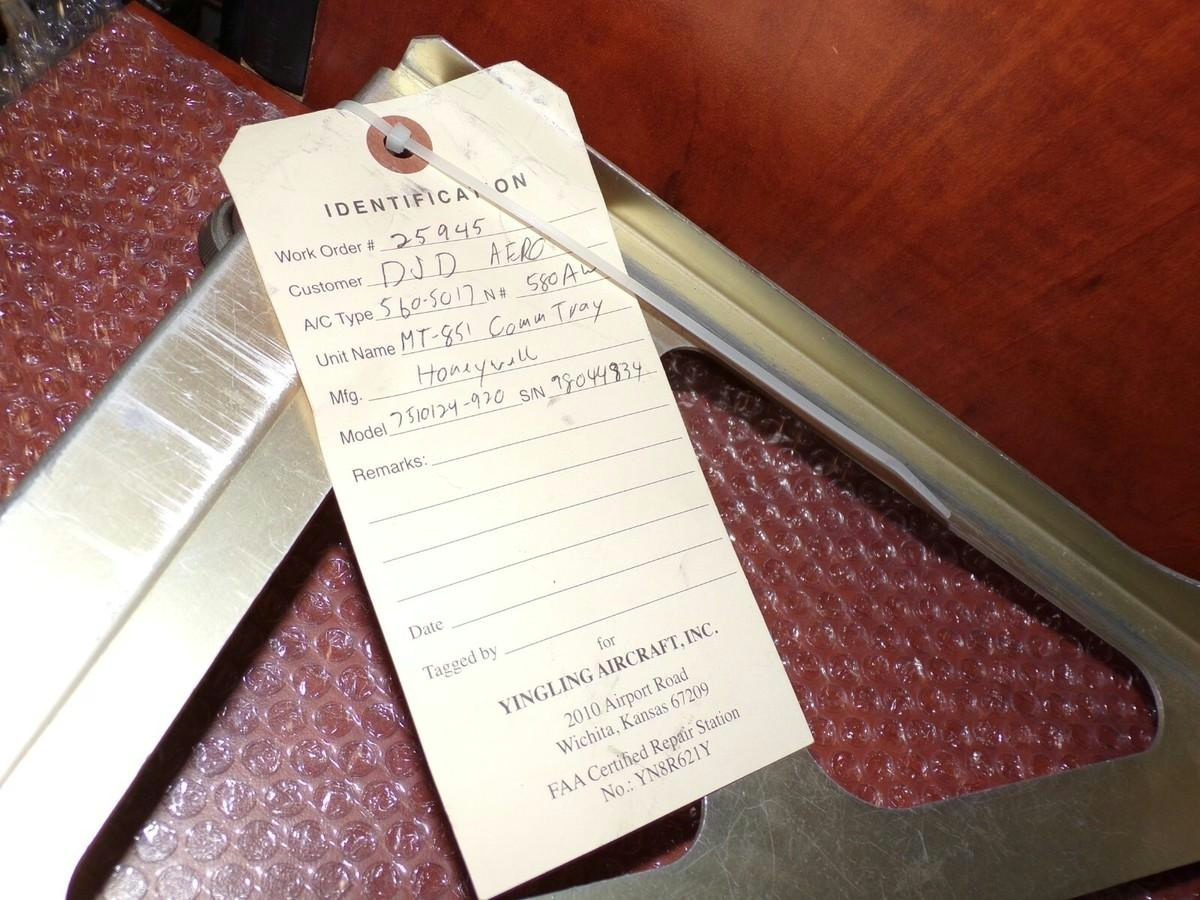
Yingling Aviation Named Authorized Honeywell Dealer
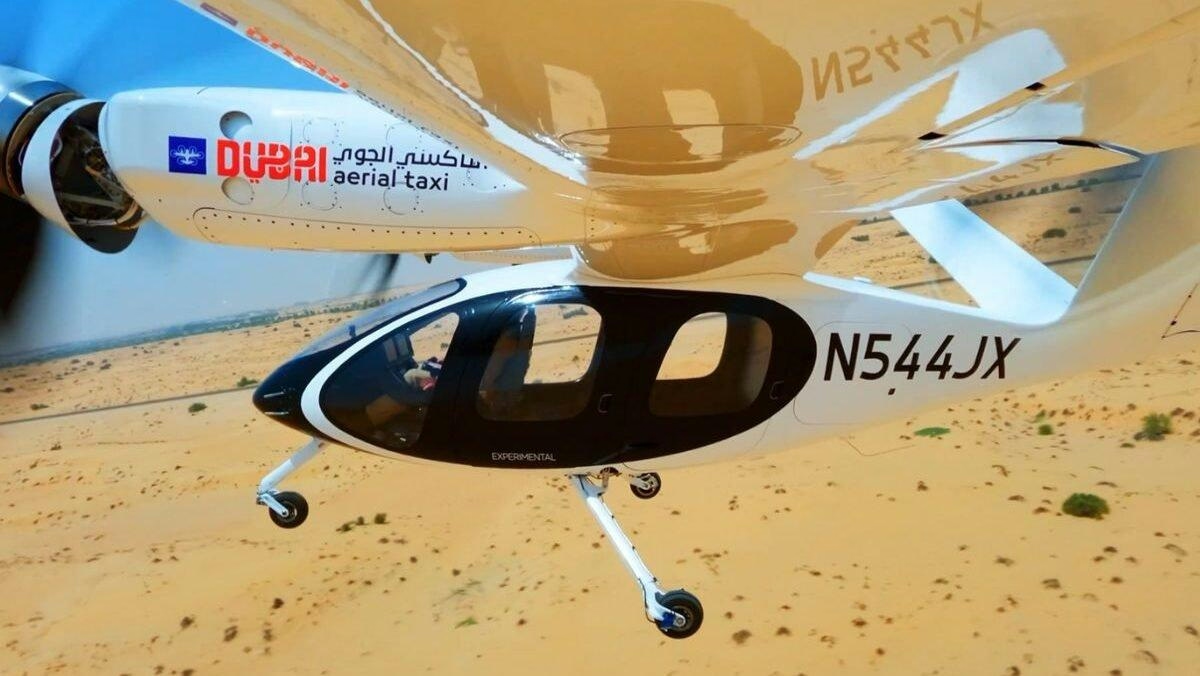
Does Joby Aviation's Milestone in Dubai Point Toward Further Growth?
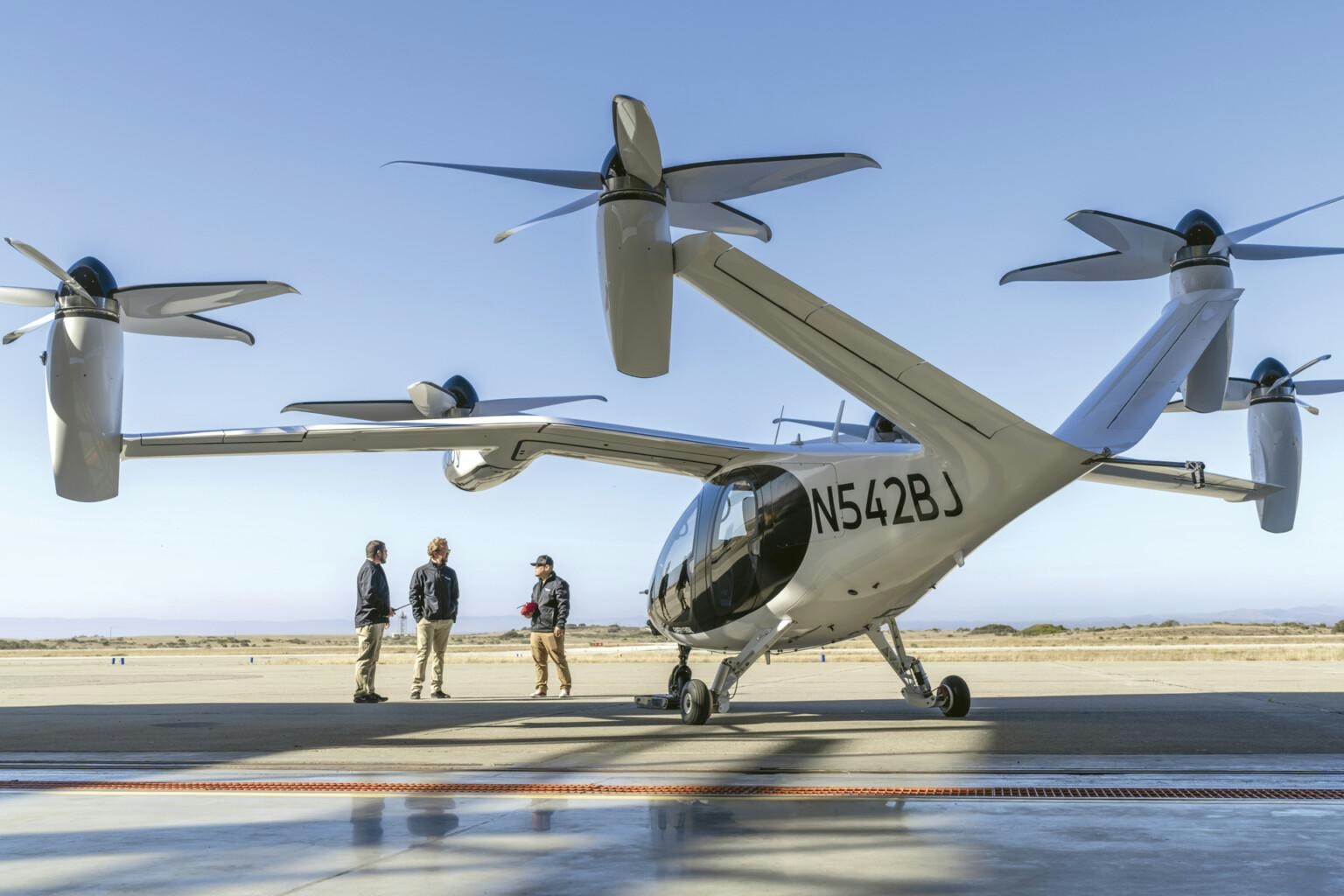
New Invention Promises to Eliminate Airplane Emissions in Country
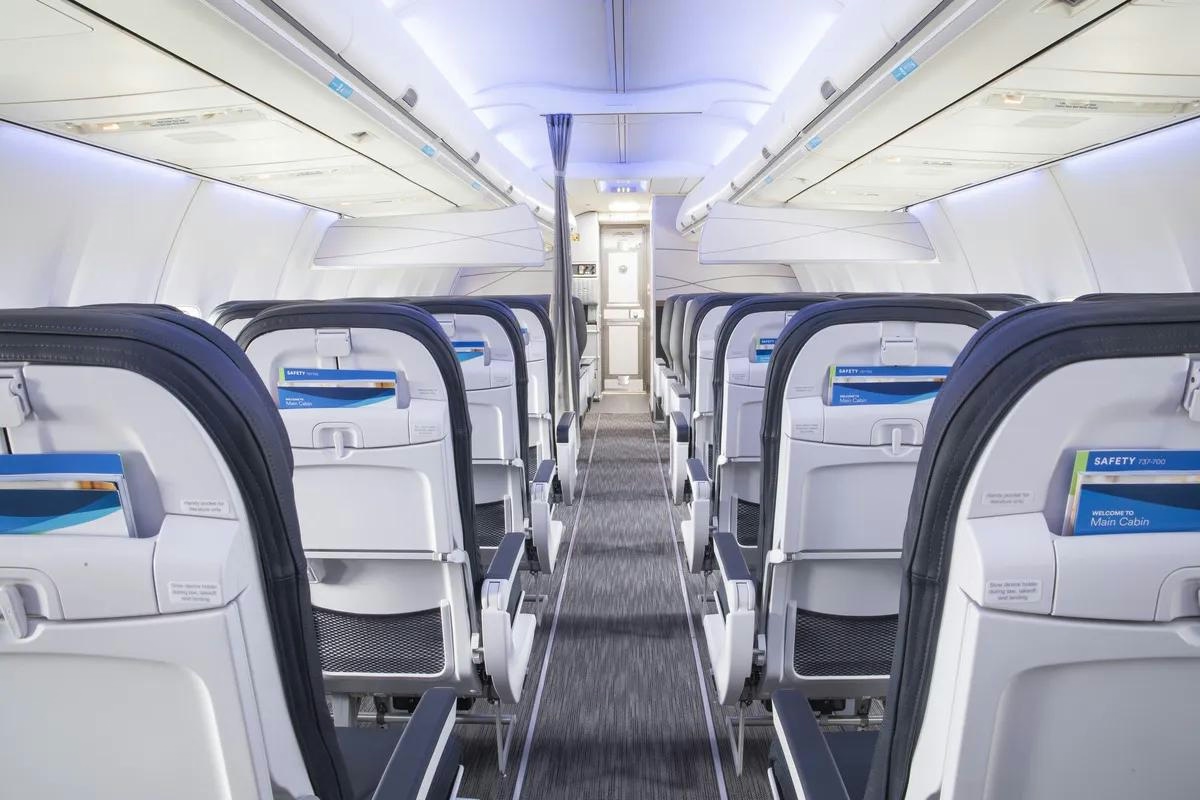
Key Questions on Chinese Travel, AI, and Airlines Answered by Skift
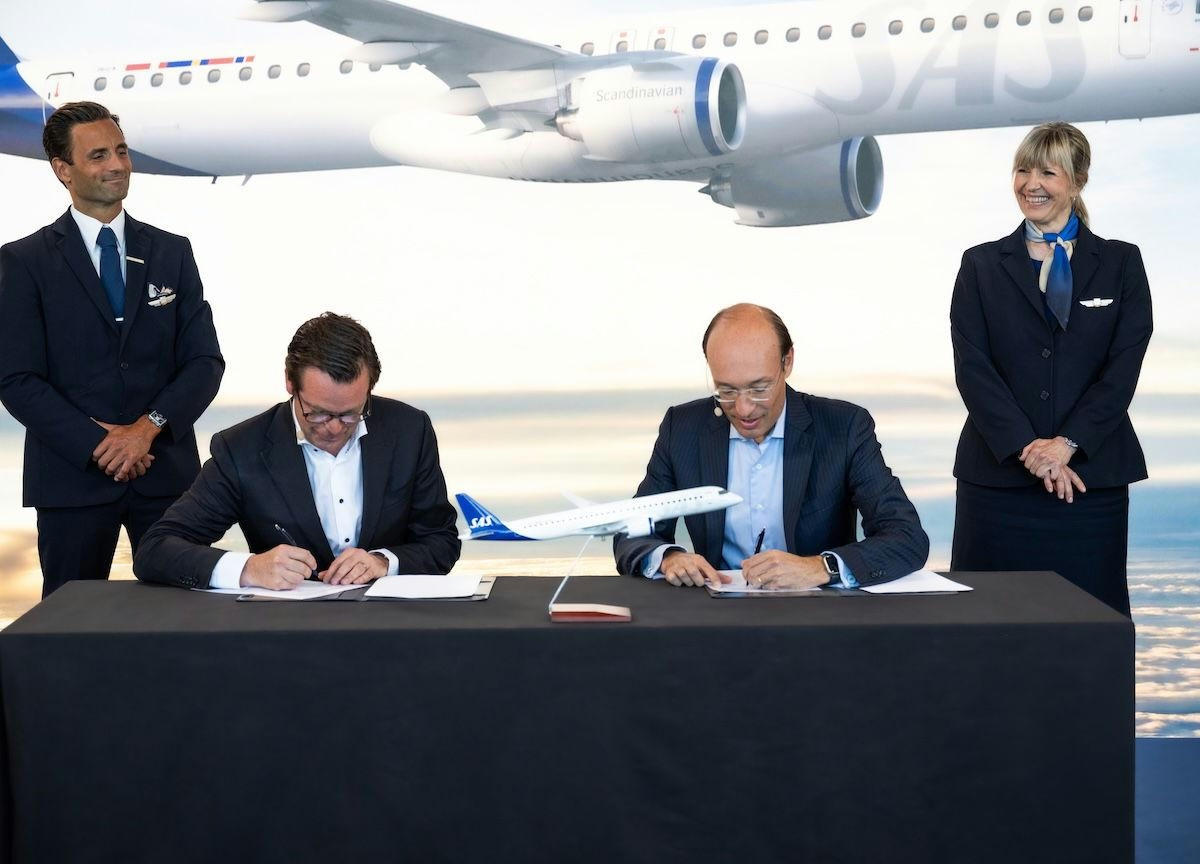
SAS Orders Up to 55 Embraer E195-E2 Jets
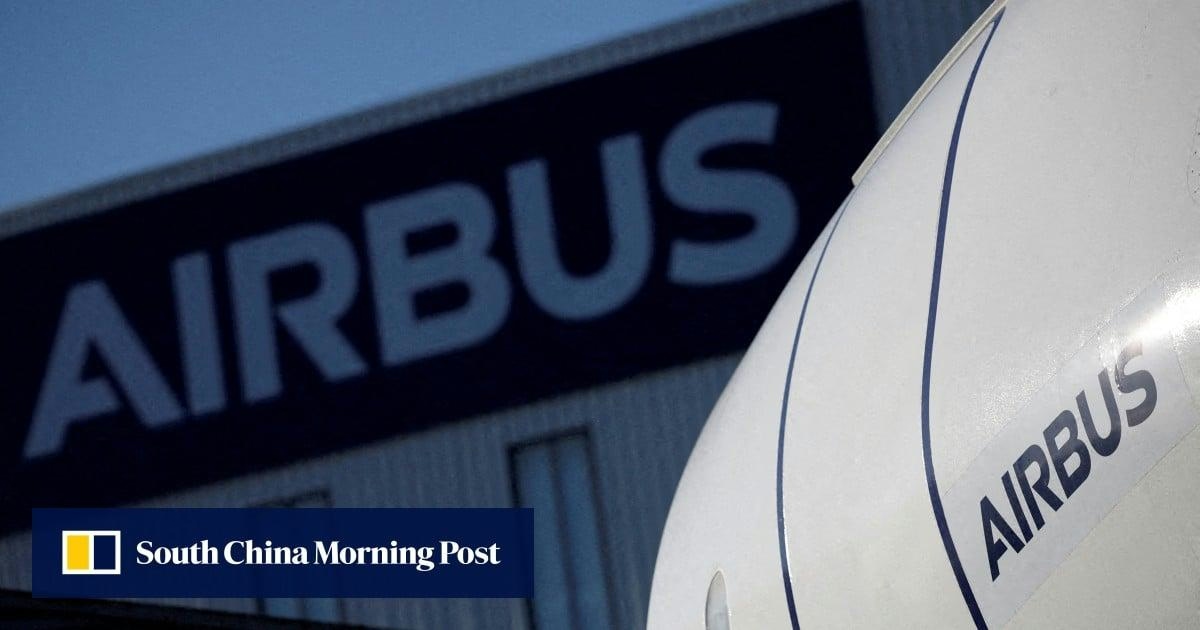
China edges closer to Airbus mega-deal, leaving Boeing out in the cold: analysts
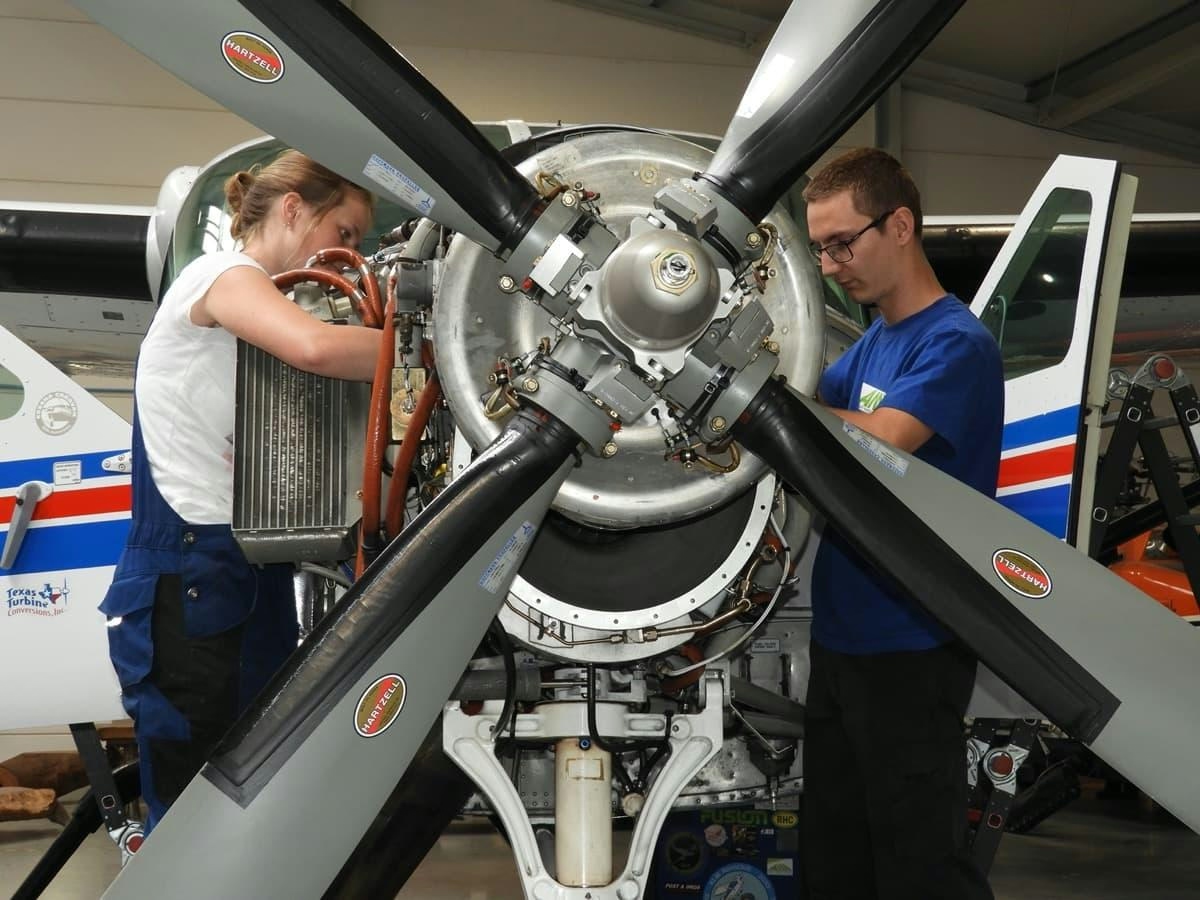
Rano Air Collaborates with Aviation Authorities to Investigate In-Flight Engine Malfunction

Portugal Hosts Aviation Pioneers at World Aviation Festival in Lisbon

World Star Aviation Backs XMAL’s First Lease Deal with easyJet
